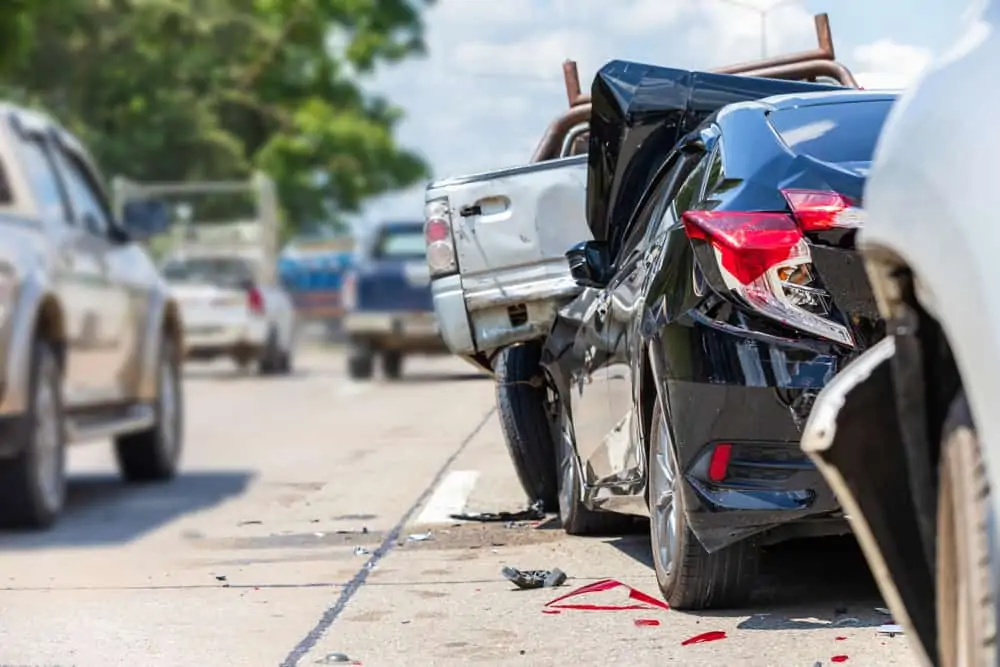
A rear end collision occurs when the front of one vehicle strikes the rear of the vehicle in front of it. Common causes of rear-end collisions include driver distraction, following too close (tailgating) and reduced traction caused by wet or slick roadways.
Generally, the driver of the vehicle that rear ends the vehicle in front of it is presumed to be at fault for the collision. In fact, some states, like Louisiana, have laws stating that the rear- ending driver is presumed to be at fault in a rear end collision.
In 2018, there were 1,693,000 passenger vehicle collisions where the first point of impact was the rear of the vehicle. In single-vehicle crashes, 60,000 had the rear of the vehicle as the initial point of impact. In multiple-vehicle crashes, 1,634,000 had the rear of the vehicle as the initial point of impact.
For light truck crashes, 1,225,000 multiple-vehicle crashes involved the initial point of impact as the rear of the vehicle. Large trucks accounted for 25,000 injury collisions where the point of impact in a multiple-vehicle crash was the rear of the vehicle.
There are instances where the rear-ending driver will not be held responsible and can overcome the presumption of negligence in a vehicle crash. For instance, if the following driver can prove that he was travelling at a safe distance from the vehicle in front of him (not following too close), and the driver in front made a sudden/emergency stop, then the rear-ending driver may not be held responsible.
Also, if a vehicle strikes the following driver from behind and propels that vehicle into the rear of the vehicle in front of him, the following driver may be able to escape liability for striking the vehicle in front of it in the rear.
The most common type of injury produced by a rear-end collision are back and neck injuries. Whiplash, a condition involving the tearing of the soft tissues that surround the neck are a type of injury frequently occurring from the sudden acceleration/deceleration associated with rear-end collisions.
More severe neck and back injuries involving herniation of the cervical and spinal discs are also widely reported in rear-end collisions. Mild traumatic brain injuries can also occur from the sudden acceleration and deceleration of a rear-end collision which causes the brain to slam against the front and back of the skull.
